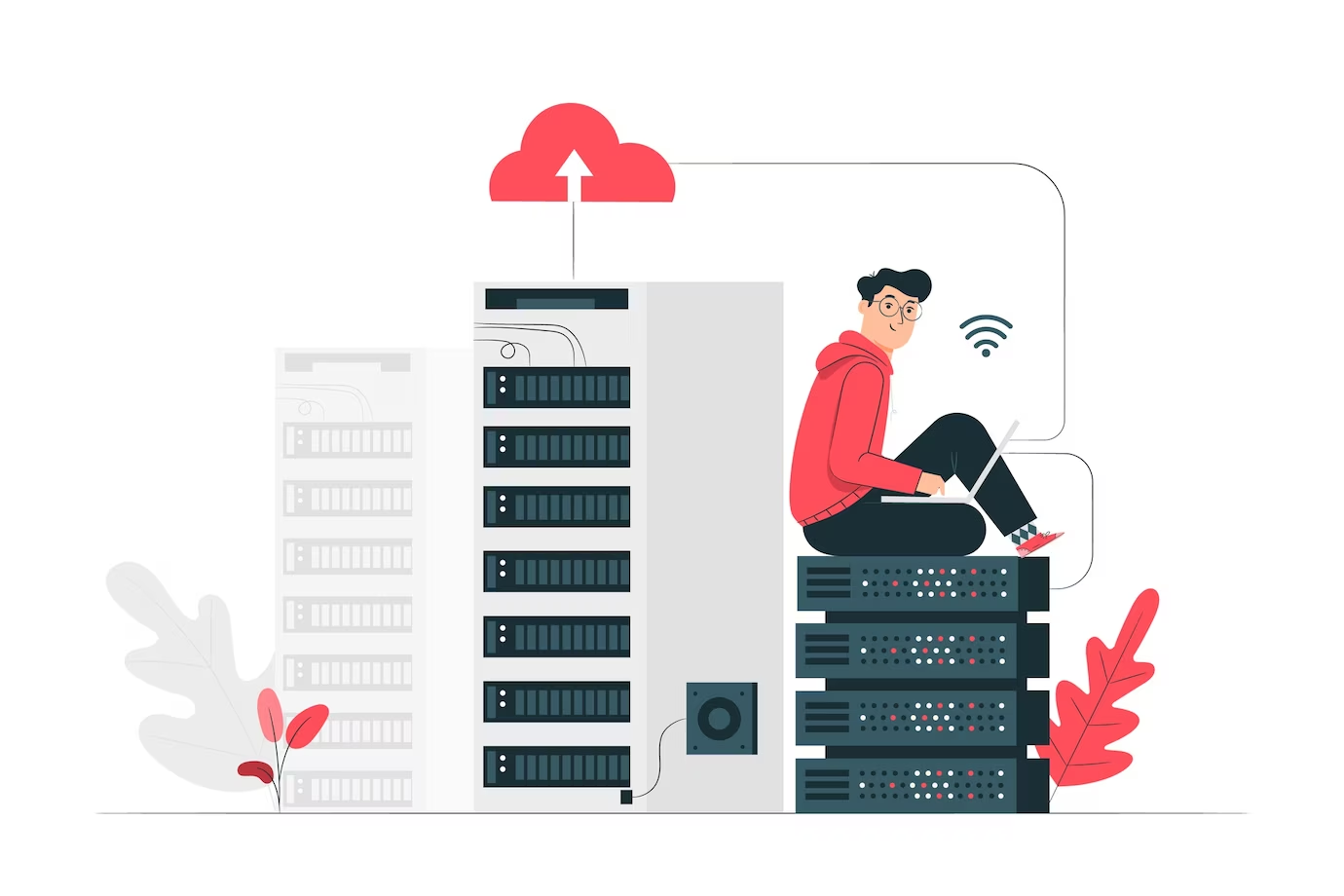The Difference Between Data Backup, Recovery, Archiving, and Disaster Recovery
Data backup, recovery, archiving, and disaster recovery are all phrases that are frequently used interchangeably in the context of data management. Each term, though, refers to a different part of managing and protecting data, which is why companies must be able to differentiate between them and have a firm grasp of what each of them entails.
Quick Links
Businesses can create thorough plans to preserve their data, guarantee business continuity, and reduce risks by recognizing the distinct responsibilities of data backup, recovery, archiving, and disaster recovery. This article aims to clarify the distinctions between these four essential data management techniques.
Data Backup
Critical information must be replicated and stored in a different place to prevent data loss. Whether on-premises or in the cloud, frequent data duplication and safe storage are required. Data backups are typically used to recover lost data in the event of hardware failures, human error, or other types of data loss.
Data backups can be carried out more or less often, depending on how frequently the company needs to do a data backup – daily, weekly, or monthly. Backups can be complete, incremental, or differential; the quantity of data transferred and the turnaround time for restoration vary for each technique.
Data Recovery
Data recovery focuses on retrieving lost or corrupted data from backups or other storage systems. It comes into play when data becomes inaccessible, compromised, or accidentally deleted. Data recovery aims to restore data to its previous state before the loss occurred.
The data recovery process involves various techniques, including restoring data from backups, utilizing specialized recovery software, or engaging professional data recovery services in severe cases. The goal is to retrieve the desired data promptly and minimize downtime, ensuring business continuity.
Data Archiving
Data archiving is the practice of storing data that is no longer actively used but still holds long-term value, either for future reference or compliance purposes. Archiving involves systematically transferring data from primary to secondary storage or archival systems.
Cloud-based storing prioritizes data management, retrieval, and long-term preservation more than data backup, which concentrates on making copies of live data. Historical records, emails, papers, customer information, and any other data that is no longer actively accessible but may be needed for legal, regulatory, or commercial purposes are all examples of archived data.
These solutions often incorporate features like data indexing, search capabilities, and retention policies to facilitate efficient data retrieval and ensure compliance. Archiving helps organizations optimize primary storage resources, reduce costs, and maintain regulatory compliance by retaining data in a tamper-proof and auditable manner.
Disaster Recovery
Disaster recovery refers to the comprehensive strategy and processes implemented to restore data, systems, and operations after a significant disruptive event. Such events include natural disasters, cyber-attacks, hardware failures, or human errors that cause consequential data loss or system downtime.
Unlike data backup and recovery, which focus on individual data loss incidents, disaster recovery encompasses broader plans and procedures to restore an organization’s IT infrastructure. It involves data replication, redundant systems, off-site backups, and failover capabilities to ensure business continuity in the face of a catastrophic event.
Disaster recovery planning includes establishing recovery time objectives (RTOs) and recovery point objectives (RPOs) to define acceptable downtime and data loss thresholds. It also involves regular testing, updating, and refining the recovery plans to adapt to changing business needs and technological advancements.
The Synergy of Data Management Practices
While data backup, recovery, archiving, and disaster recovery represent distinct data management practices, they are interconnected and mutually reinforce each other to create a robust data protection ecosystem.
Data archiving plays a vital role in the synergy of these practices. Archived data, which is no longer actively used, can serve as a reliable source for data recovery in the event of a data loss incident. Through the process of preserving data in an organized and accessible manner, data archiving facilitates efficient data restoration, minimizing downtime and ensuring continuity.
Incorporating these archiving methods into disaster-recovery strategies can enhance the speed and effectiveness of recovery efforts. Archiving critical data outside of primary systems can provide additional protection against data loss during catastrophic events. It enables organizations to quickly restore essential data and systems, ensuring business operations can resume promptly.
Data backup, recovery, archiving, and disaster recovery are complementary elements of a comprehensive data management framework. Implementing such a well-designed and integrated approach that combines these practices allows organizations to optimize data protection, minimize risks, meet regulatory obligations, and maintain business resilience.
The Wrap-Up
In conclusion, data backup, recovery, archiving, and disaster recovery are distinct but interconnected facets of comprehensive data management. Data backup safeguards against data loss incidents, data recovery retrieves lost data, and data archiving preserves data for long-term retention and compliance.
In other words, disaster recovery ensures business continuity despite significant disruptions. Through an understanding and implementation of these practices effectively, organizations can protect their critical data, minimize downtime, and navigate unforeseen challenges with confidence.
Strengthening Brand-Customer Relationships Through Gamified Loyalty Programs
Creating lasting connections with customers has become increasingly vital as the marketplace grows…
0 Comments6 Minutes
How to Use SEO and SEA Together in Search Engine Marketing
In digital marketing, search engine marketing (SEM) plays a critical role in improving online…
0 Comments10 Minutes
Content Marketing Growth Hacks: Real Shortcuts to Drive Traffic
Are you still lagging in content marketing? Sticking to these old strategies seems…
0 Comments10 Minutes
How to Build a Strong Local Following Using Social Media Marketing
In the days of likes, shares, and stories, local businesses have a golden opportunity to create…
0 Comments9 Minutes
Why WooCommerce is the Best Choice for Your Online Store?
WooCommerce stands out as a top option for anyone looking to build an online store. This platform…
0 Comments8 Minutes
How to Use AI-Powered SEO Tools for WordPress eCommerce
SEO is a critical factor in the success of any e-commerce WordPress store. As competition…
0 Comments11 Minutes
Why Short-Form Videos Are the Future of Content Marketing
Your Instagram customers spend over 50% of their time watching short-form videos and reels. Rather…
0 Comments12 Minutes
The Role of Digital Marketing in Business Growth
Online marketing touches every aspect of a business, whether it is initiating the idea or for an…
0 Comments3 Minutes








